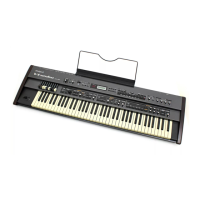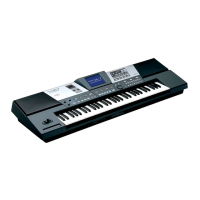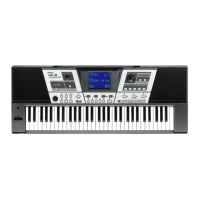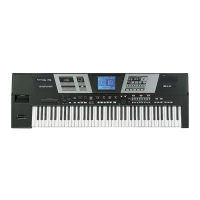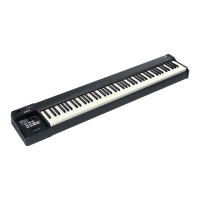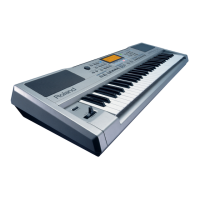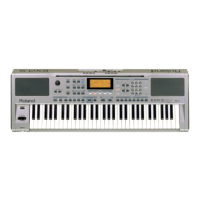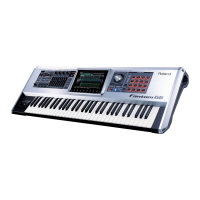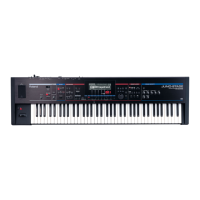How to turn on Roland V-combo VR-730 Electronic Keyboard if it doesn't power on?
- TTracy JordanAug 16, 2025
If your Roland Electronic Keyboard isn't turning on, the AC adapter may not be connected correctly; ensure it is properly connected. Alternatively, the batteries might be exhausted; try recharging them.


